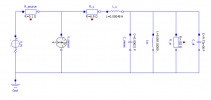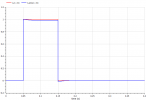restorer-john
Grand Contributor
I do wonder if Anthony Grimani’s CEDIA specification project will get adopted where amps now advertise dB gain and not just (or instead of?) wattage.
dB gain is just a voltage gain number. It tells nothing of power delivered. There was a push a decade or more a go to adpot dBW as a spec. But it never took off, due to domestic amplifiers mostly being bunched together with similar numbers. Consumers don't care for numbers that make no sense to them- they want the bigger is better 'watts' they think they understand.
My attitude is well documented here on ASR in relation to this, but for the sake of consistency and perhaps an acknowledgment that 5W@4R is just as arbitrary as 1W@8R was back in the day, I have no problem wih it.
That said, there needs to be more focus on the FTC compliance being from 250mW to rated power. The Rotel example specs above highlights this. They are generally a very honest manufacturer and their amplifiers are tradionally a bit 'noisier' (residual noise), but always honest low THD. I tested one of my Rotels the other day, and the residual noise meant the THD+N at 1W was circa 0.04% although at high powers, the THD+N was 0.002%. Their rated FTC spec was less than 0.05% from 250mW to rated power (100W) so they were truthful.




